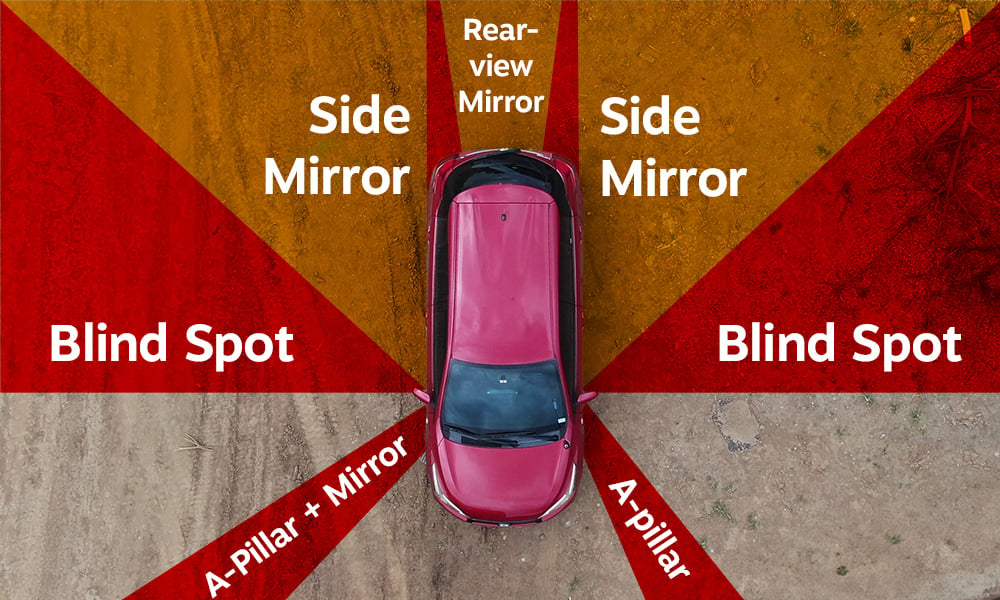
It seems as if, every day, a chunk of the Philippine motoring population wakes up and collectively forgets one important thing. Up on the chopping block from our viewer submissions last week were incidents involving blind spots.
It’s inevitable. Drivers will have something blocking their view of the road and the environment around them. Whether it’s the metal pillars that hold a car’s roof up, the big honking load they have out back, or even just the mere fact that our eyes only see wherever our head points at, the reality is that drivers cannot see everything at once.

Be aware of blind spots and danger zones in the vehicles around you. Drivers cannot see under the hood and the trunk line. Also, the areas behind both the A-pillar and the rearview mirror are common blind spots as well especially for perpendicular approaches.
A gap exists between where the driver’s line of sight ends and where things start to come into view in the side mirror. Likewise, the portion where the side mirror’s view gets blocked by the rest of the vehicle and where the rearview mirror (if any exists) comes into view is also a blind spot.
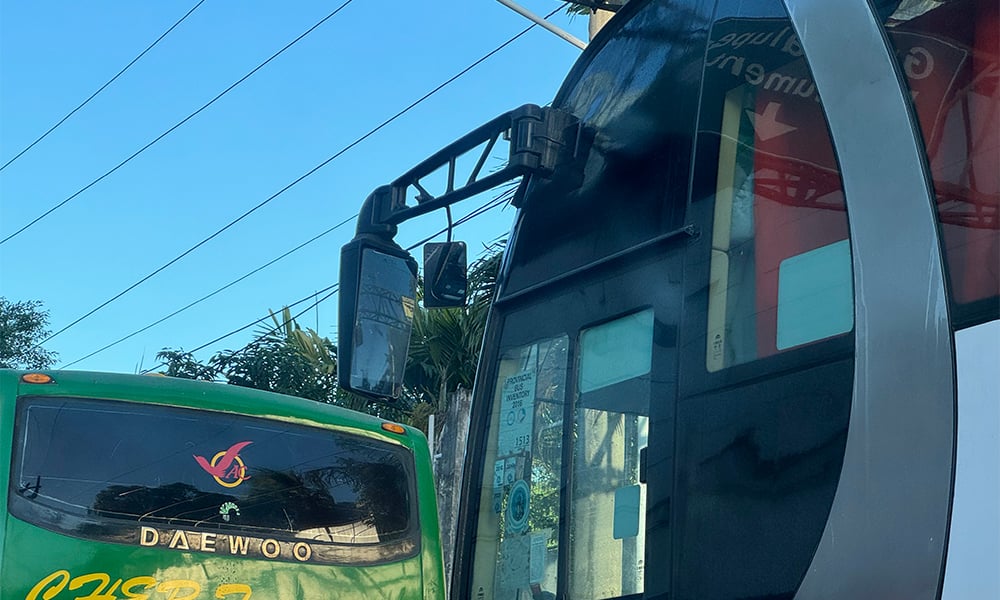
As a vehicle gets larger (from as small as an SUV to as large as a 16-wheeler truck), less of the road in front of the driver falls into their view, with the blind spot reaching some 6m away.
Interestingly enough, trucks meant for Asian and European markets tend to have flat, stubby fronts versus the semis of American vehicles that have elongated snouts.
The stub nose causes a shorter blind spot, with some trucks even having a convex mirror (also known as a crossover mirror) pointing toward the front of their grille to eliminate this blind spot entirely.
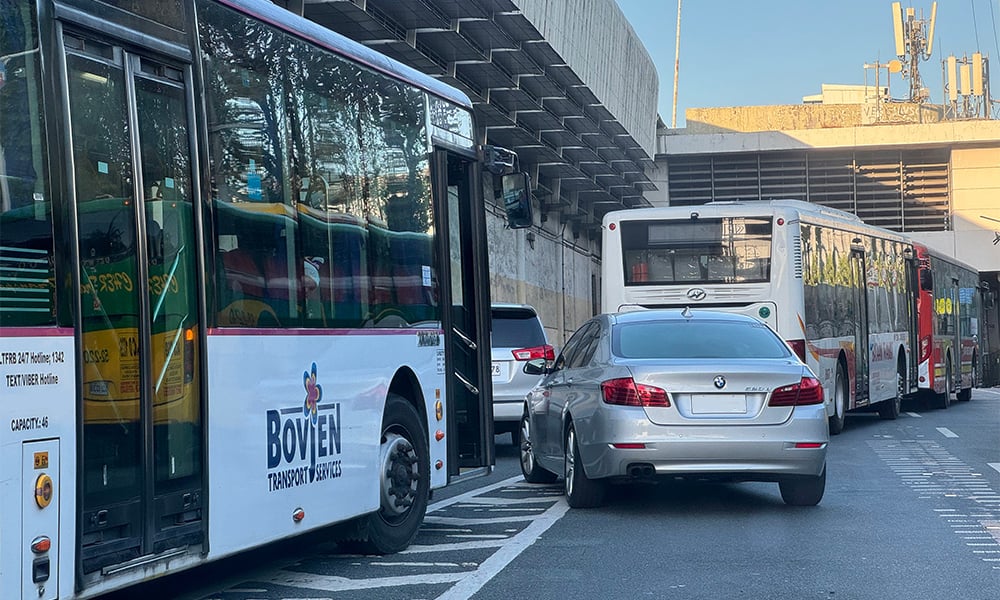
While not technically a blind spot, extra-long vehicles do tend to have a larger turning radius due to their size. Be aware the next time you’re about to pass a bus or a truck as they might actually be leaving a gap in order to be able to turn.
Minimize your time in blind spots, if you can’t avoid it completely. Give yourself some distance and berth from passing around a vehicle, especially a large one. Even if you may still be in view of a mirror, be aware that a driver may not be conscious of your presence if he or she doesn’t look at the mirror.
Tap the horn or flash your main beams if you’re in a particularly troublesome spot, just to be sure.
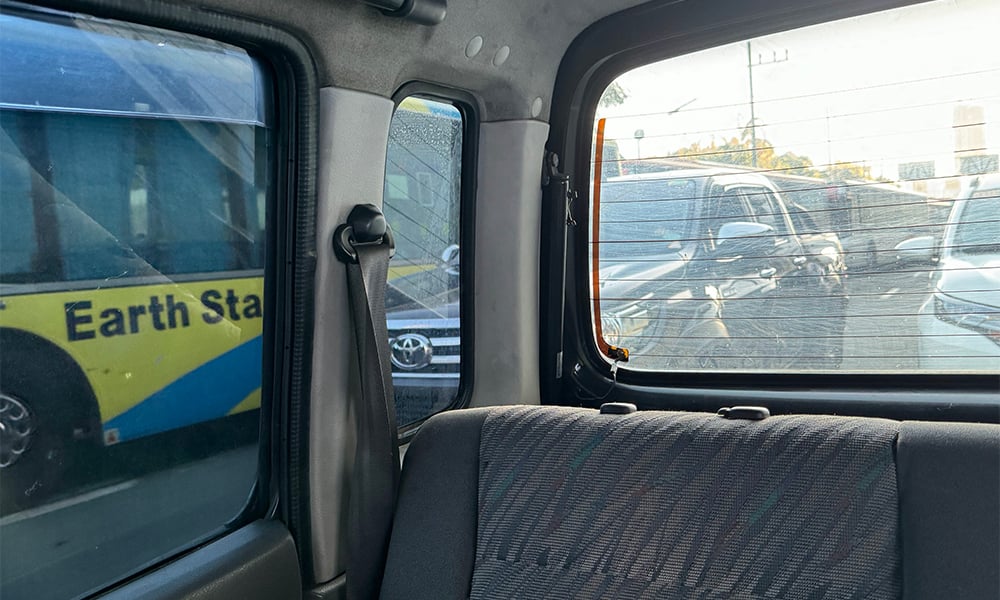
Now, while everyone around you should be aware of your vehicle’s blind spots, ultimately your own blind spots are your own problem to bear.
It’s you and you alone who are in charge—and should be in control—of your own vehicle at all times. Blind spots are no excuse; part of the privilege of being able to drive is the responsibility to absolutely make sure that you do not hurt or kill another person while in command of your vehicle.
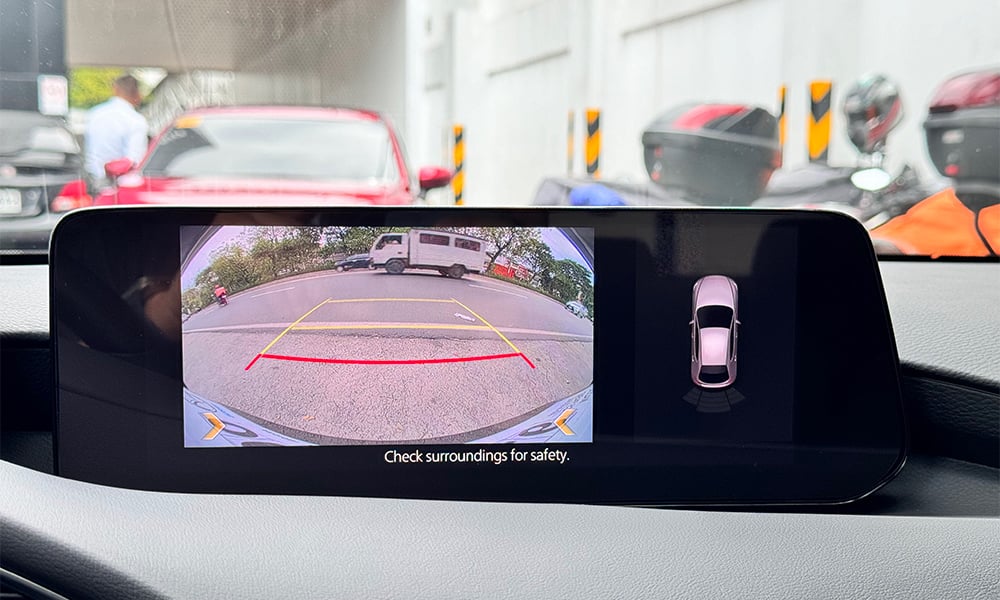
It’s not a Philippine problem, either. The US auto industry has tended toward larger and taller SUVs and pickup trucks, resulting in a taller and longer blind spots forming both in front and behind these vehicles.
In 2020, the National Highway Traffic Safety Administration of the US Department of Transportation recorded 526 deaths and 10,144 injuries in frontover crashes, while 256 people were killed and 8,019 injured in backover crashes.
Can’t see a part of your vehicle? Install a mirror or go send someone to walk with your vehicle to check. If it’s outside the view of your mirrors, move around and turn your head. Use technology such as cameras and sensors, but don’t rely on them to tell you nothing is there.
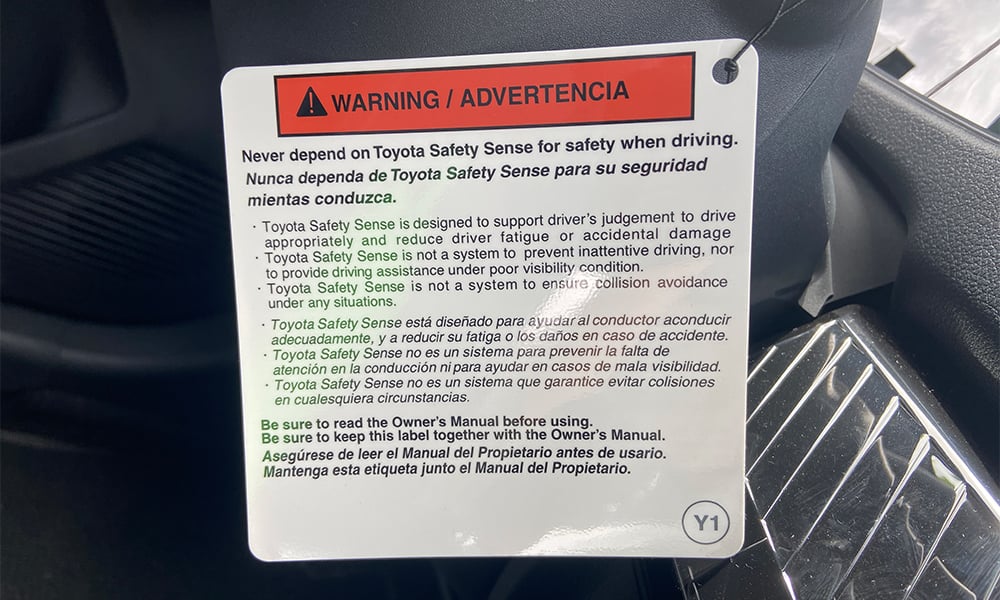
Naysayers say blind spots (especially in larger vehicles) are not an issue given the myriad of sensors that modern vehicles carry, but even the manufacturers themselves say never to rely on such technologies.
It’s a backup, really, with the primary system in charge of making sure you don’t hit anyone on the road being you—the driver—yourself. If your sensor fails to detect a person that you also failed to double-check for, you’re still on the hook if you run him/her over.
Don’t assume the coast is clear, as not every hazard is going to be presented in your field of view at all times. Your negligence and laziness might cost someone else’s life. Remember, driving is but a privilege, and we need to drill into our heads the fact that our vehicles can take innocent people’s lives if we do not respect the power it has.
Drive safe.

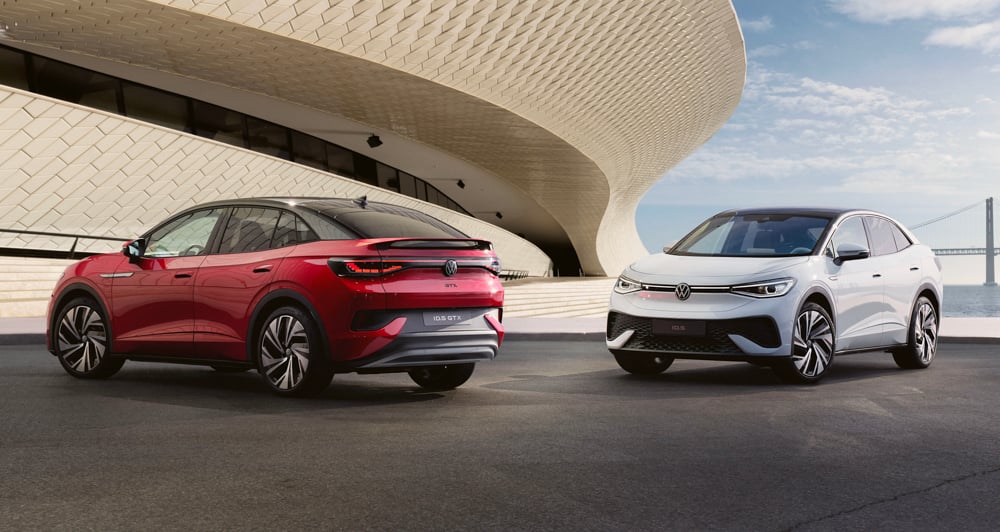
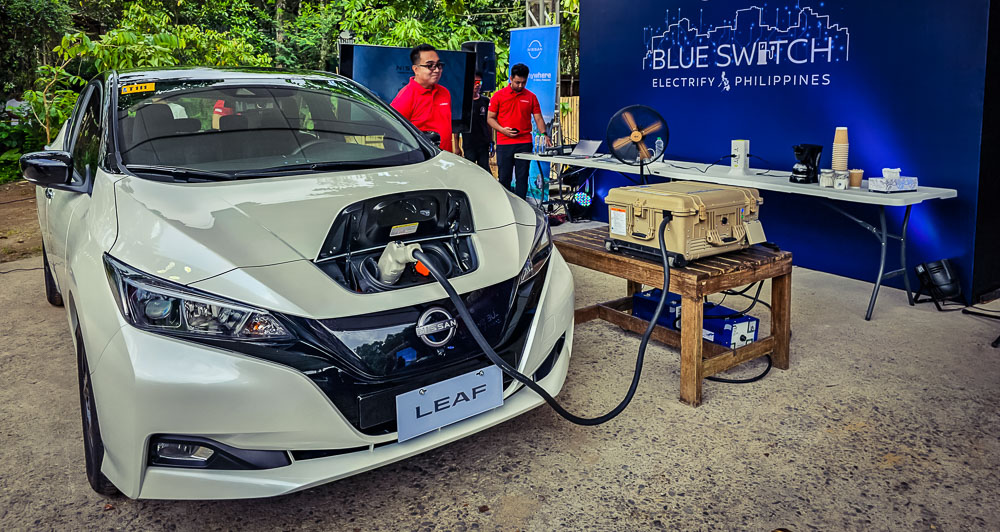

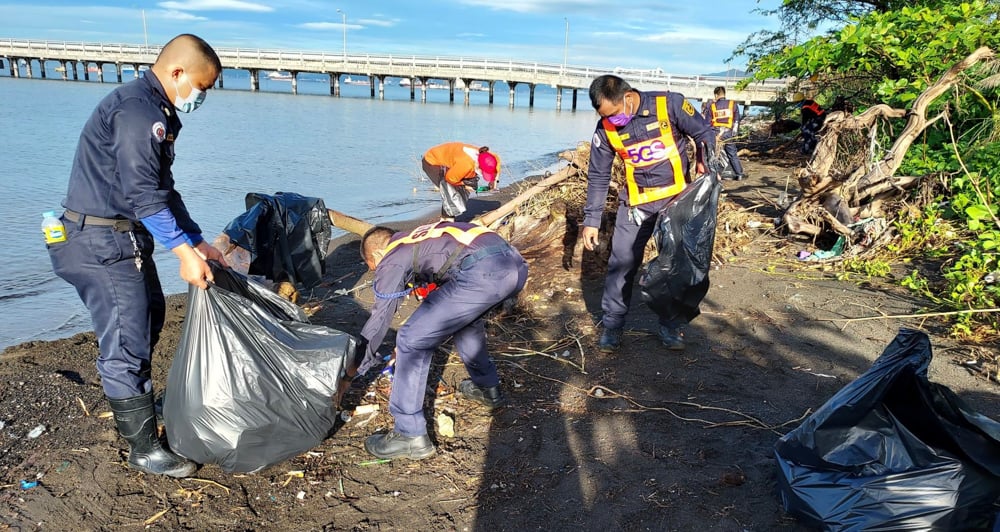
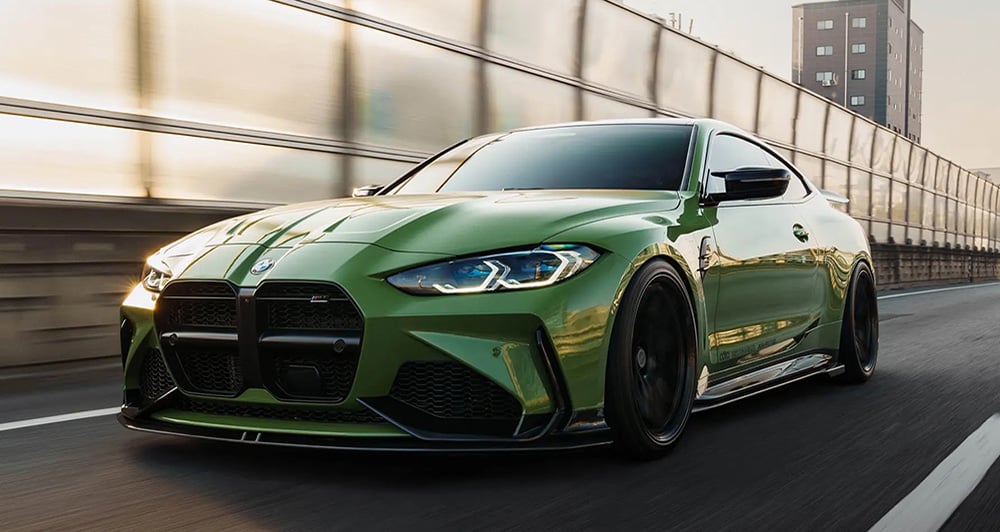
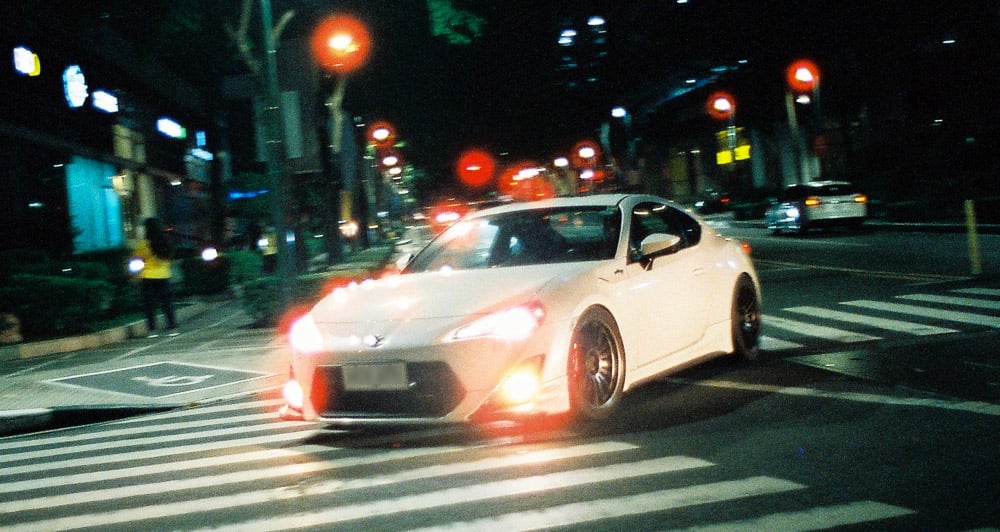
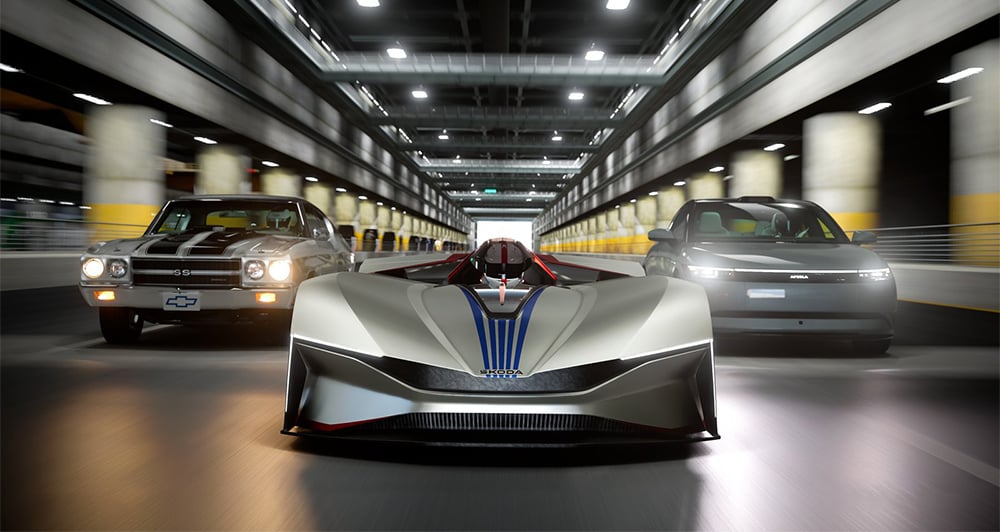
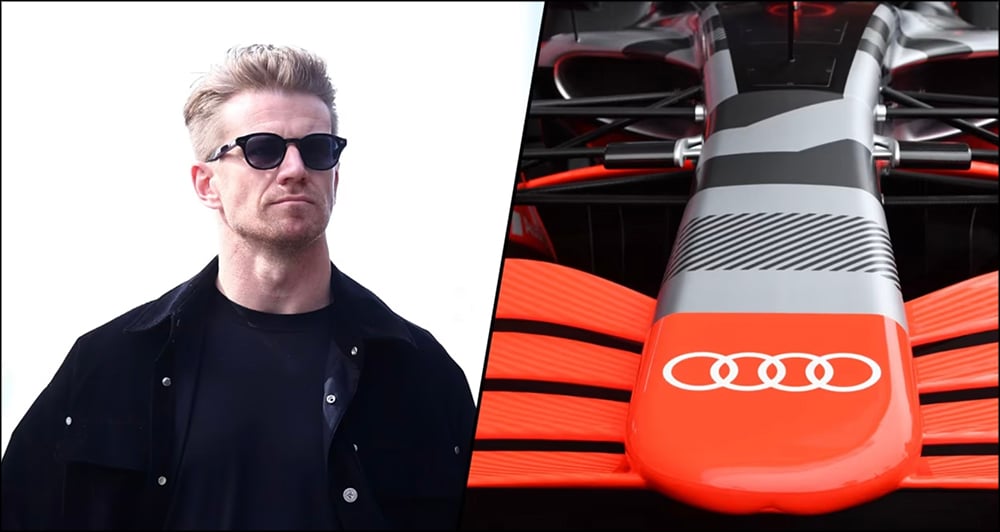
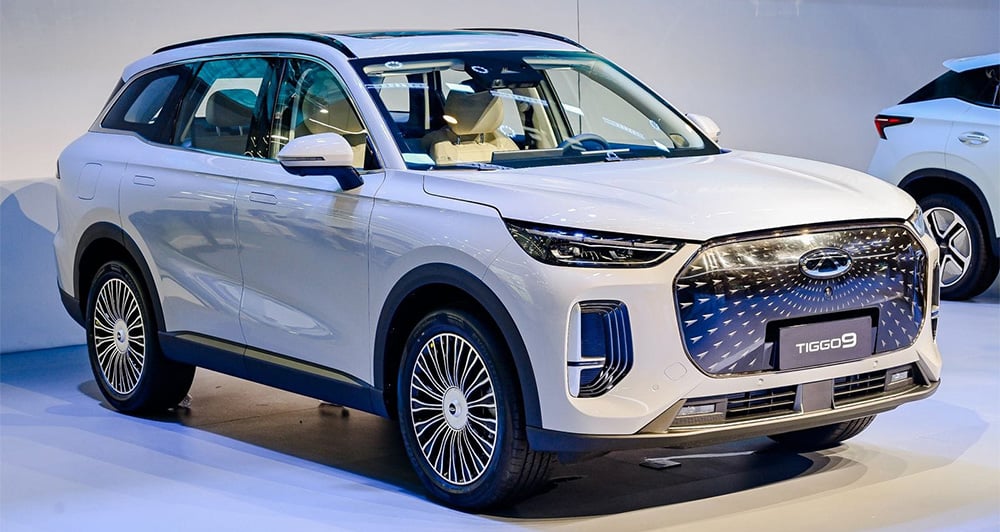
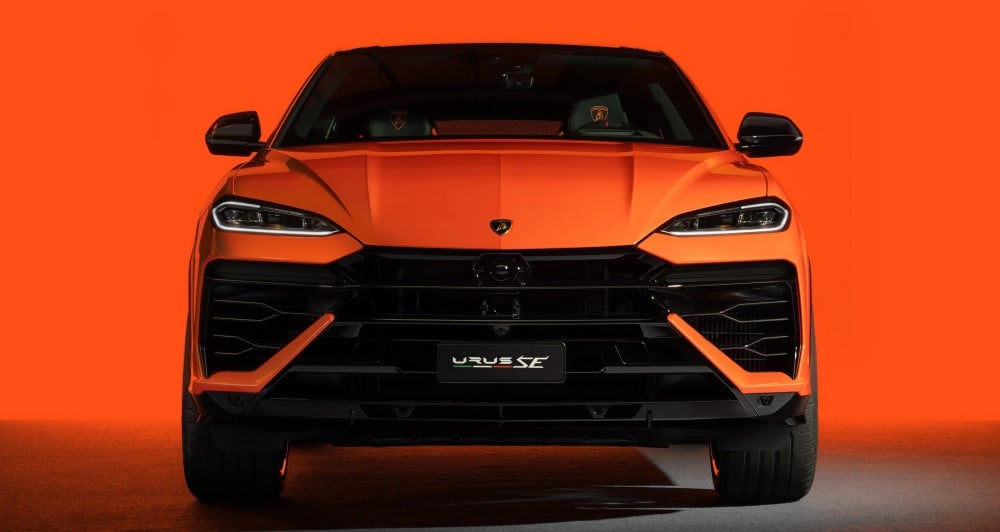
Comments